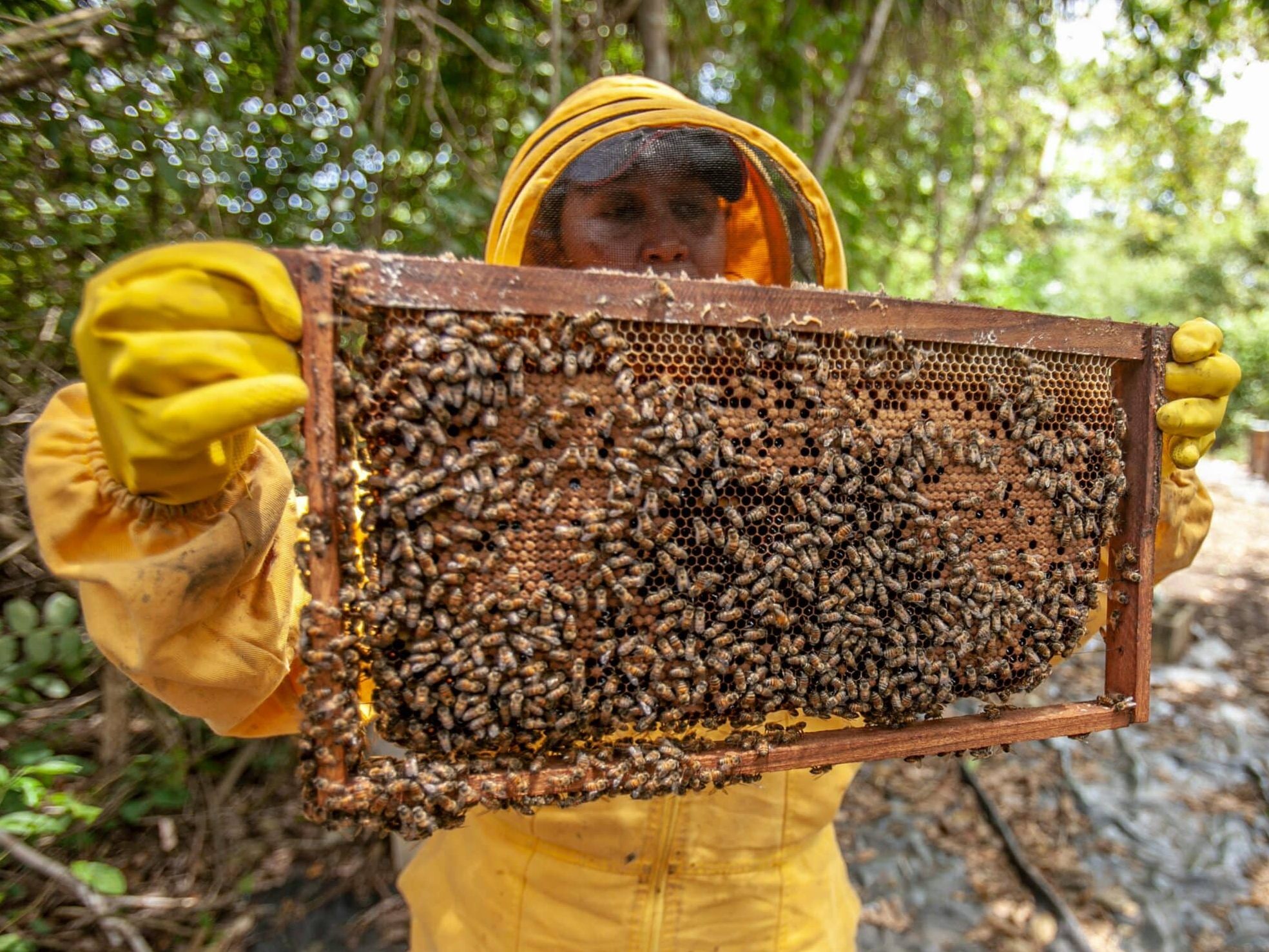Number of Honey Bees in Austria Has Dropped Significantly

The average annual honey consumption per capita in Austria is about 1.1 kilograms. However, over 100,000 bee colonies have already disappeared, impacting biodiversity and nutrition, explained Alexios Wiklund, spokesperson for the Austrian Animal Welfare Association: "Fewer honey and wild bees mean less pollination and thus crop losses in many cultivated plants such as apples, pears, apricots, strawberries, tomatoes, pumpkins, alfalfa, buckwheat, sunflowers, and rapeseed. Their decline poses a serious threat to our nature and agriculture."
Significant Decline of Honeybees Due to Monocultures and Pesticides
According to the Ministry of Agriculture, there were still around 456,000 honeybee colonies in Austria in 2024. Almost 60 percent of them are located in Upper Austria, Lower Austria, and Styria - where most beekeeping businesses are situated. The industrialization of agriculture, monocultures, soil sealing, as well as expanding settlement areas and the loss of flowering meadows and field margins reduce the availability of food and nesting sites for bees.
The use of herbicides also eliminates flowering wild plants, while insecticides damage the nervous system and orientation of the animals, according to the Austrian Animal Welfare Association. "For wild bees, the availability of flowers in close proximity to the nesting site is crucial, meaning the habitat quality of a landscape," said Sophie Kratschmer, bee expert at the University of Natural Resources and Life Sciences, Vienna (BOKU). Since about half of the animals nest in the ground, vegetation-free or sparsely vegetated soil areas in the garden are particularly beneficial.
Climate Crisis and Diseases Harm Honeybees
Other challenges are introduced diseases: Varroa mites are considered the most dangerous bee enemy, as they can weaken entire colonies and promote the spread of viruses. Additionally, the human-made climate crisis exacerbates the situation through shifted flowering times, more frequent extreme weather events, and long warm periods, disrupting the life rhythm of the animals.
Nevertheless, it is encouraging that there are around 700 native wild bee species in Austria - 200 more species than in Germany, which is ten times larger. According to a study by Kratschmer, Vienna is even considered an urban wild bee hotspot in Europe. Here, 492 documented wild bee species are settled. The three most commonly spread honeybee breeds in Austria are the Carinthian bee, the Dark bee, and the Italian bee.
(APA/Red)
This article has been automatically translated, read the original article here.





